From Tummy Aches to Confidence...
Why Every Mom Needs a Natural First Aid Kit
If I had a dollar for every time my daughter said, “Mom, my tummy hurts,” I’d probably be blogging from a beach in Hawaii.
As a mom, it can feel like you’re constantly playing detective—especially when your child can’t quite explain what’s wrong. Is she hungry? Does she need to poop? Is it just gas? Or worse, is it something serious?
I know that spiral. One minute it’s a stomach ache, the next your brain is whispering “What if it’s something really bad?”
Parenting is hard. Caring for your family’s health can be overwhelming. But it doesn’t have to feel powerless.
That’s why I created my herbal first aid kit—a toolbox filled with simple, effective remedies that help me confidently care for my kids with herbs and essential oils that actually work.
In this post, I’m sharing the 5 essential remedies I keep on hand, exactly how I use them, and how you can start building your own kit with ease.
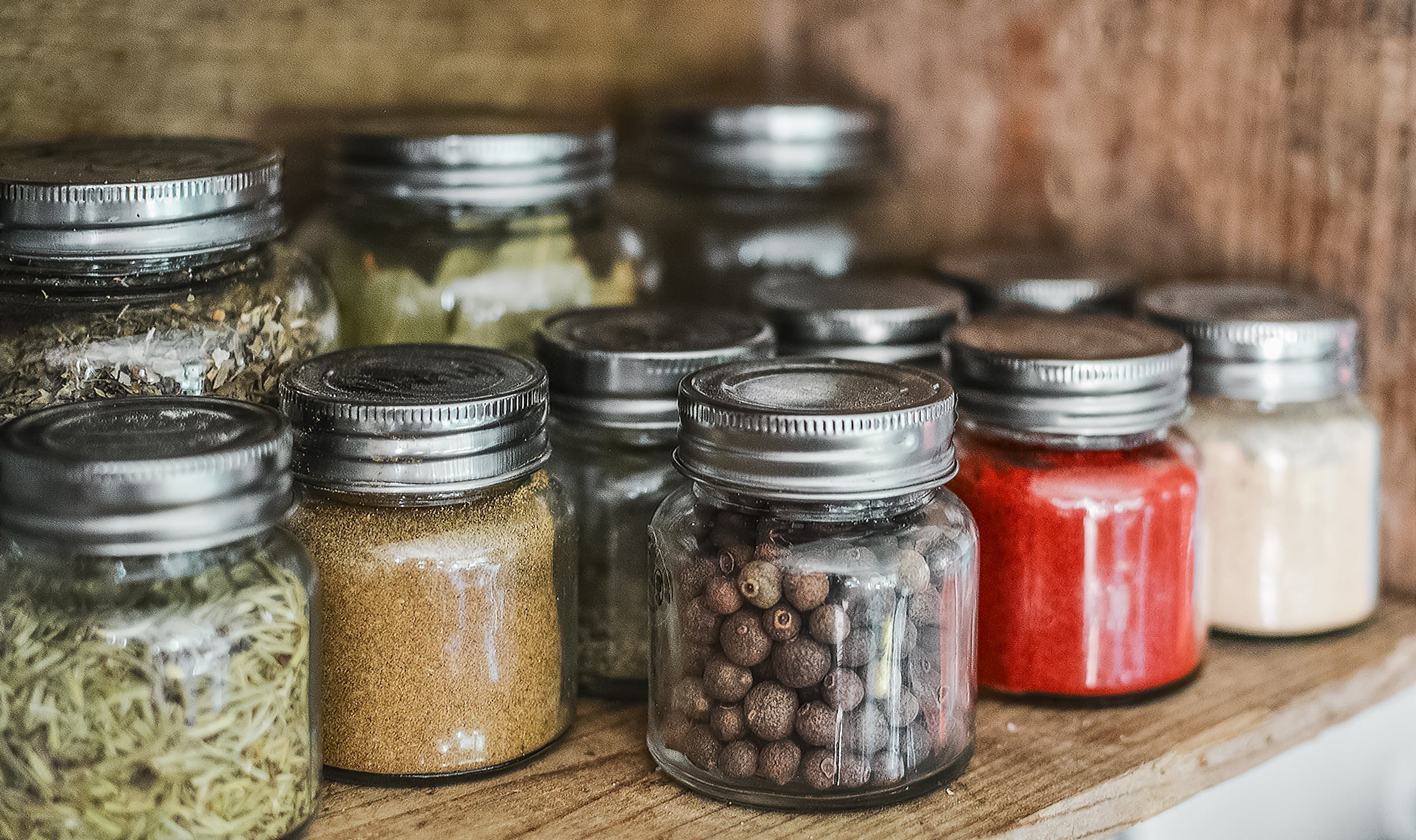
What Makes a Good Herbal First Aid Item?
At Seeds and Stalks, I believe every home deserves a healing toolkit—and every mom can become the confident, capable caretaker of her family’s health.
When it comes to choosing what goes into your kit, here’s what really matters:
✅ Versatility
Every remedy should support multiple systems (think: digestion, skin, nervous system). Fewer ingredients, more uses.
✅ Accessibility
Herbs and oils should be easy to find, grow, or buy affordably. No rare unicorn plants here.
✅ Family-Friendly Safety
Everything I recommend has a strong track record of safe use, especially when it comes to kids.
✅ Ease of Use
You don’t need complicated recipes or hours in the kitchen. A tea, tincture, or steam should take minutes—because #momlife.
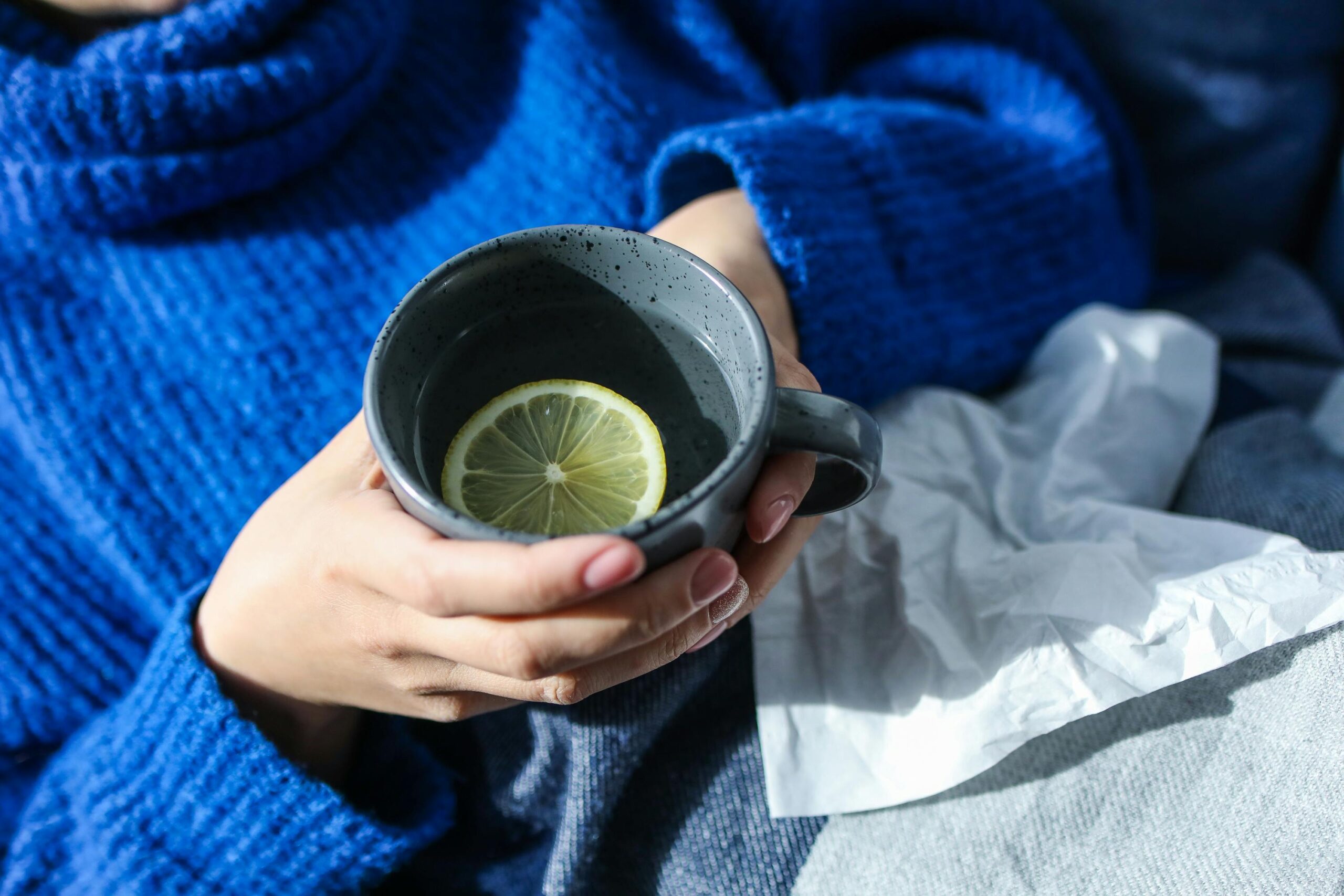
5 Must-Have Herbs & Essential Oils for Your First Aid Kit
These are my top picks for first aid—used in my home constantly, trusted deeply, and relied on during everything from upset tummies to seasonal sniffles.
1. Lavender (Lavandula angustifolia)
Form: Dried herb + essential oil
Use for: Sleep, stress, burns, bruises, skin care, headaches
How to use:
- Bath tea or compress for calming nerves and soothing skin
- Diluted essential oil for bites, inflammation, or relaxation
- Tea (if you like the taste!) for digestion or tension
Saftey note: Not for use internally during pregnancy.
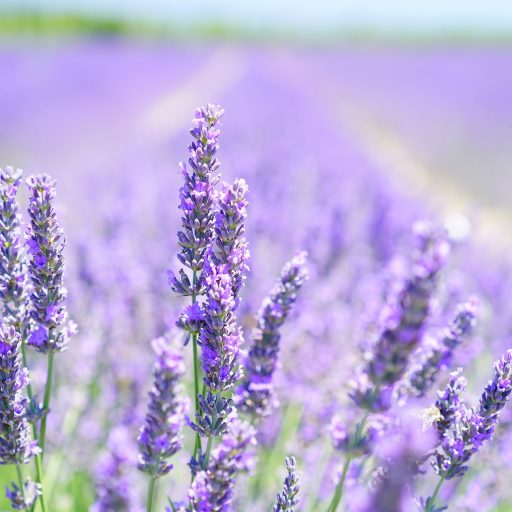
#mom tip: Lavender + peppermint = my go-to headache remedy
2. Peppermint (Mentha piperita)
Form: Dried herb + essential oil
Use for: Headaches, digestive discomfort, congestion, energy
How to use:
- Tea for nausea or tummy pain
- Steam inhalation for congestion
- Diluted essential oil for temples or tummy
Safety note: Avoid using peppermint essential oil in baths or undiluted on the skin. Do not use during pregnancy and use with caution if you experience heartburn.
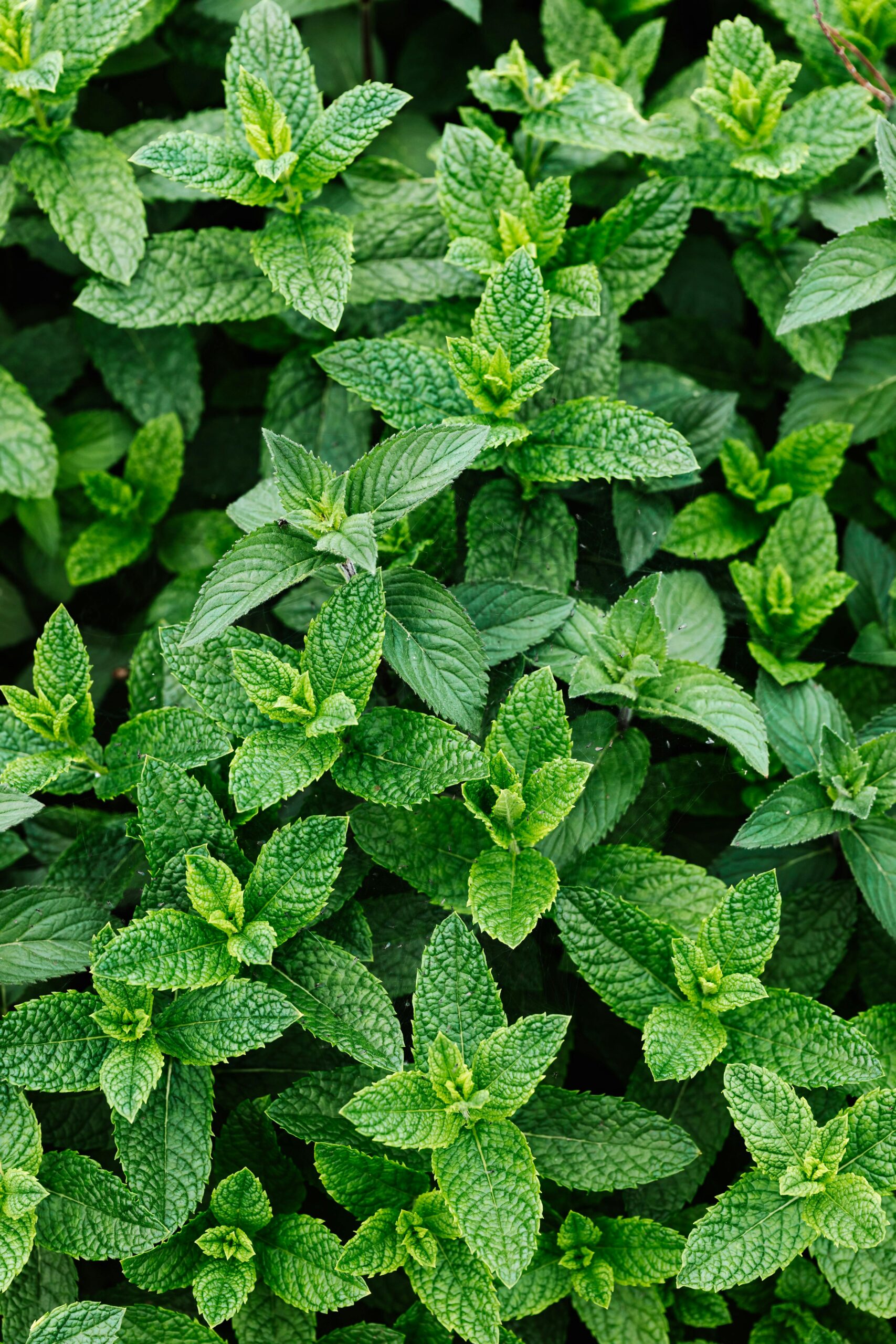
3. Chamomile (Matricaria recutita)
Form: Dried herb
Use for: Sleep, anxiety, cramps, gas, inflammation, skin rashes
How to use:
- Tea alone or combined with lavender for calming
- Topical compress for bruising or skin support
Great travel herb—easy to find in most grocery stores and super gentle
Safety note:Chamomile can cause allergic reactions if someone is allergic to plants in the Asteraceae family.
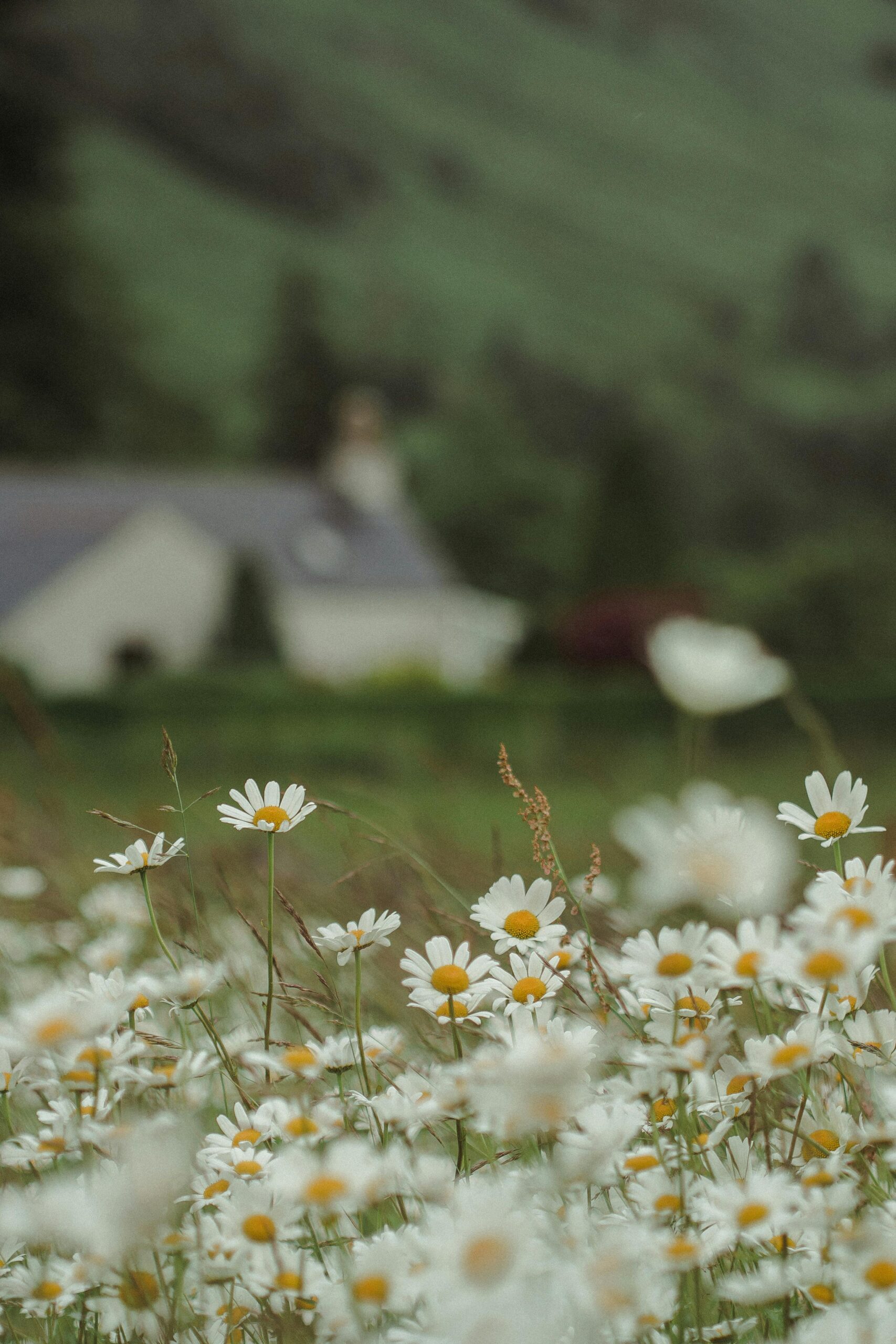
4. Ginger (Zingiber officinale)
Form: Fresh root + essential oil
Use for: Nausea, pain, circulation, colds
How to use:
- Fresh tea with lemon + honey for sore throats or nausea
- Diluted EO belly massage for motion sickness
- Tea compress or soak for muscle aches or cramps
Safety note: Large amounts (over 2 grams) are best avoided in pregnancy.
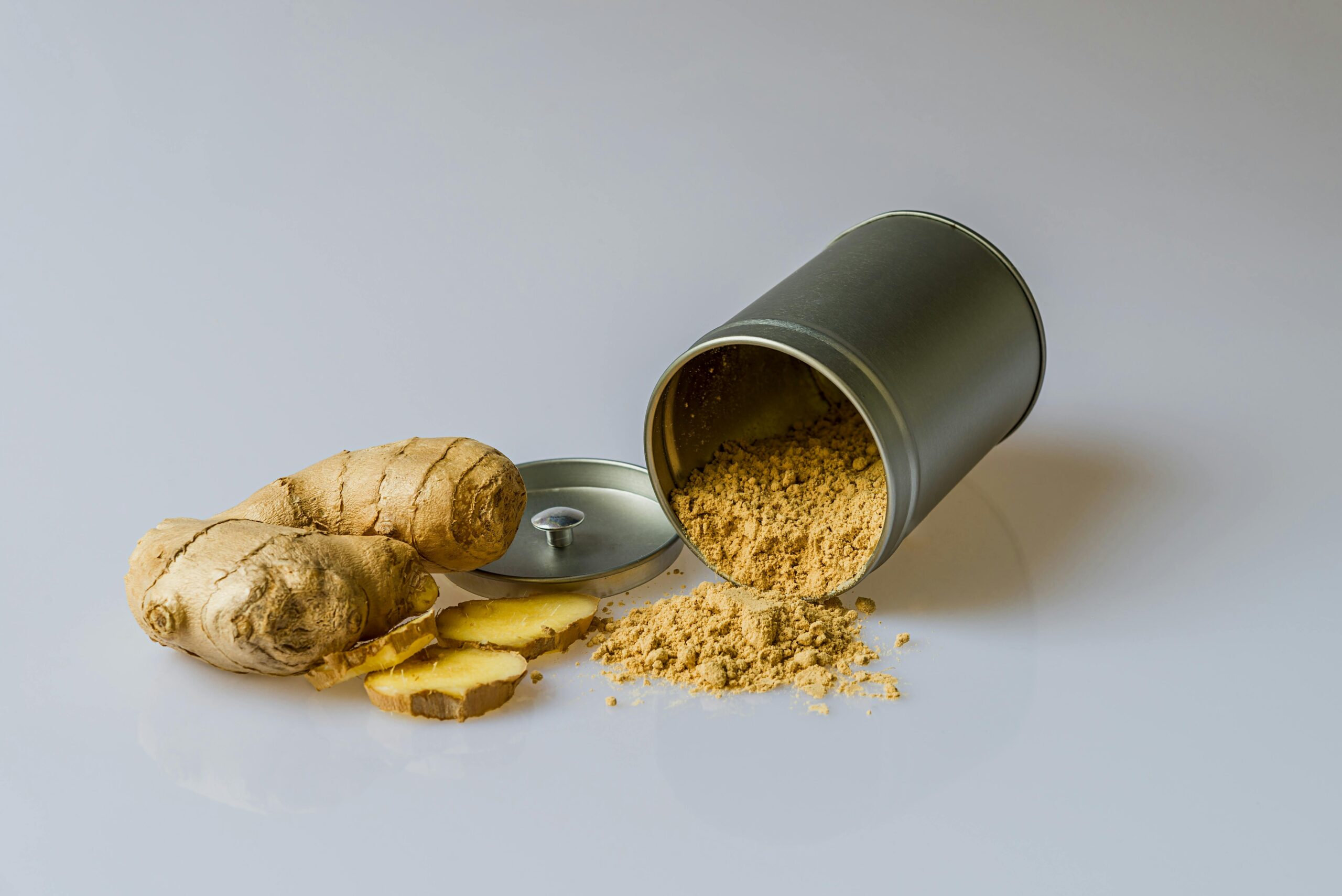
5. Eucalyptus (Eucalyptus globulus, radiata, or smithii)
Form: Essential oil
Use for: Congestion, cough, winter illness, immune support
How to use:
-
- Steam inhalation for sinus clearing
- Chest rub with a carrier oil + beeswax
- Combine with sweet orange EO for a relaxing antiviral bath
Safety note: Always dilute eucalyptus essential oil and use caution in children under age 5.
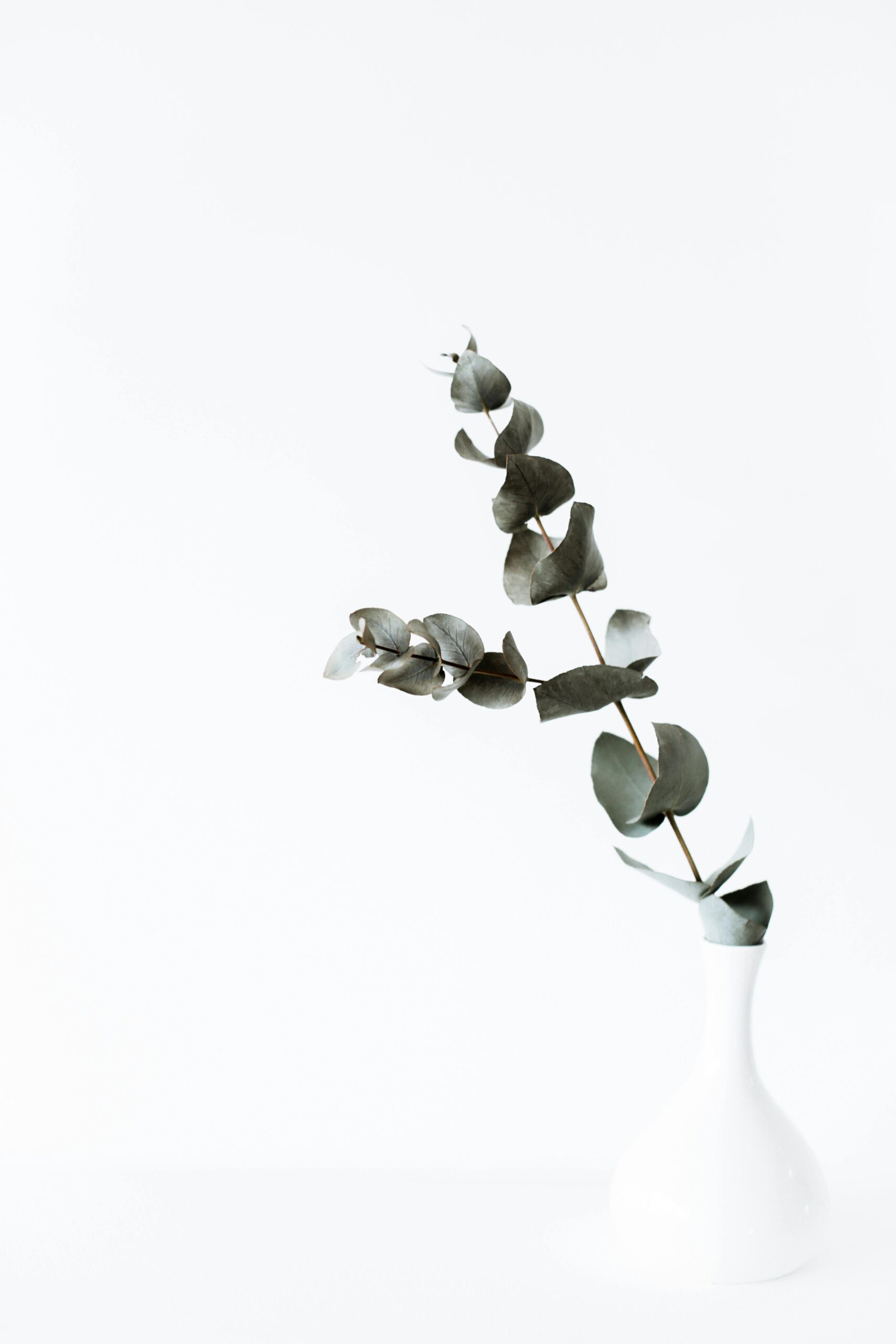
How to Safely Use Herbs and Essential Oils with Your Family
There are some general safety guidelines to follow when using herbs and essential oils. First and foremost, although herbs and essential oils are plants and/or produced from plant matter and are natural, it should not be assumed that just because they are natural they are 100% safe. It is important to note that there are hundreds of herbs and essential oils and they all contain different constituents making them incredibly different.
You don’t need to be a trained herbalist or aromatherapist to use herbs safely. But here’s what you should know:
✔️ Start Simple
Master a few remedies before expanding your apothecary. Trust me, a small, thoughtful kit goes a long way.
It is best to start off learning about a small number of herbs and essential oils then adding more to your collection as you go. My favorite way is to start with 5 different herbs/essential oils and learn about those 5. Then when you’ve mastered the first 5, add 5 more and keep building. Not only will this approach help you to concentrate your learning, it will also save you money from purchasing unnecessary oils!
✔️ Ask Yourself Questions to Decide What Remedy to Use:
- What’s the goal? (pain relief, digestion, calm)
- What do I have that matches that need?
- What’s the easiest, safest way to apply it?
✔️ Dilute Essential Oils Properly:
In the context of this blog post and it’s application of general first aid for the lay person, when using essential oils, and especially with children of any ages, proper dilution is imperative. See the dilution chart in my Build Your Herbal First Aid Kit or my blog post on Essential Oils to learn more about proper dilution.
NOTE: Just like other modalities of natural health, trained aromatherapists often use essential oils differently than the lay person because they have received training on advanced applications. I commonly recommend inhalation and topical to the general population. Essential oils can also be ingested; however, it is not recommended that you ingest essential oils unless you have received advanced training. Likewise, the use of essential oils undiluted, or neat, is also not recommended without advanced training. Yes, essential oils can be used internally and undiluted and there are specific ways to do so with additional safety cautions.
✔️ Use Trusted Resources:
I like to purchase these books from Mountain Rose Herbs!
- Herbal Medicine from the Heart of the Earth and Herbal ABCs by Dr. Sharol Tilgner
- Alchemy of Herbs by Rosalee De La Foret
- The Healing Garden by Juliet Blankespoor
- The Modern Herbal Dispensatory by Thomas Easley
Join Herbal Academy’s Herbarium where you’ll have access to herbal monographs, mini courses, and tons of reference material!
✔️ Know When to Call Your Provider:
This blog post and guide is for educational purposes only. Please see the terms and conditions of this website for additional safety information.
Most importantly, if something doesn’t feel right, trust your instincts. Herbalism and conventional medicine can work side by side.

Call your provider or head to urgent care if you notice any of the following:
🫁 Trouble breathing (wheezing, gasping, or shortness of breath)
🧒 High fever that doesn’t improve after 2–3 days or spikes quickly
💢 Severe or unrelenting pain (abdominal, head, chest, etc.)
😴 Extreme fatigue, confusion, or difficulty waking
🚫 Persistent vomiting or diarrhea (especially if dehydrated)
🔴 Uncontrolled bleeding or deep wounds
🧠 Head injury with vomiting, confusion, or loss of consciousness
🧑⚕️ Allergic reactions (swelling of lips/tongue, difficulty breathing, rash spreading rapidly)
🩺 Signs of serious infection (red streaks, heat, swelling, pus)
🐍 Bites from unknown insects or animals, especially if swelling worsens quickly
Herbs and essential oils can cause adverse reactions. It is suggested that you discontinue using essential oils if you experience any adverse effects. Please consult with your licensed provider before using essential oils for any medical conditions.
Want the Full Herbal First Aid Checklist?
These five remedies are just the beginning.
If you’re ready to take the next step, grab my free guide: Build Your Herbal First Aid Kit.
Inside you’ll get:
- ✅ My exact product recommendations (and where to buy them)
- ✅ A printable checklist to keep your kit organized
- ✅ A decision-making framework to guide you in any situation
- ✅ A shopping guide, essential oil dilution chart, and more
👉 Click here to download your free guide
Let’s make sure you have what you need to take care of your family naturally and effectively.
You’ve Got This, Mama
Natural remedies don’t have to be intimidating or complicated.
With just a few versatile herbs and essential oils, you can begin caring for your family with confidence—and without panic.
You don’t need to be an expert. You just need to start

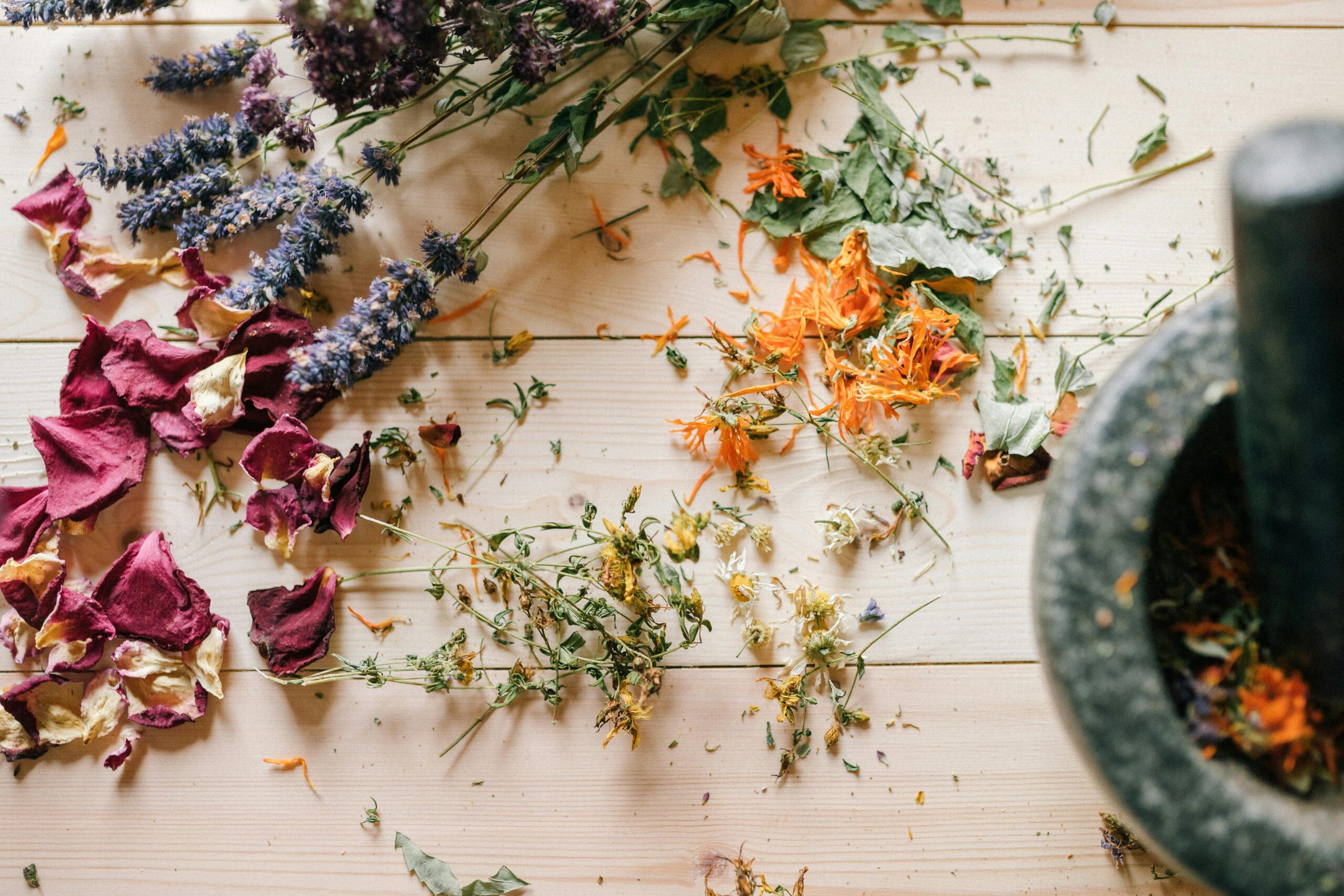
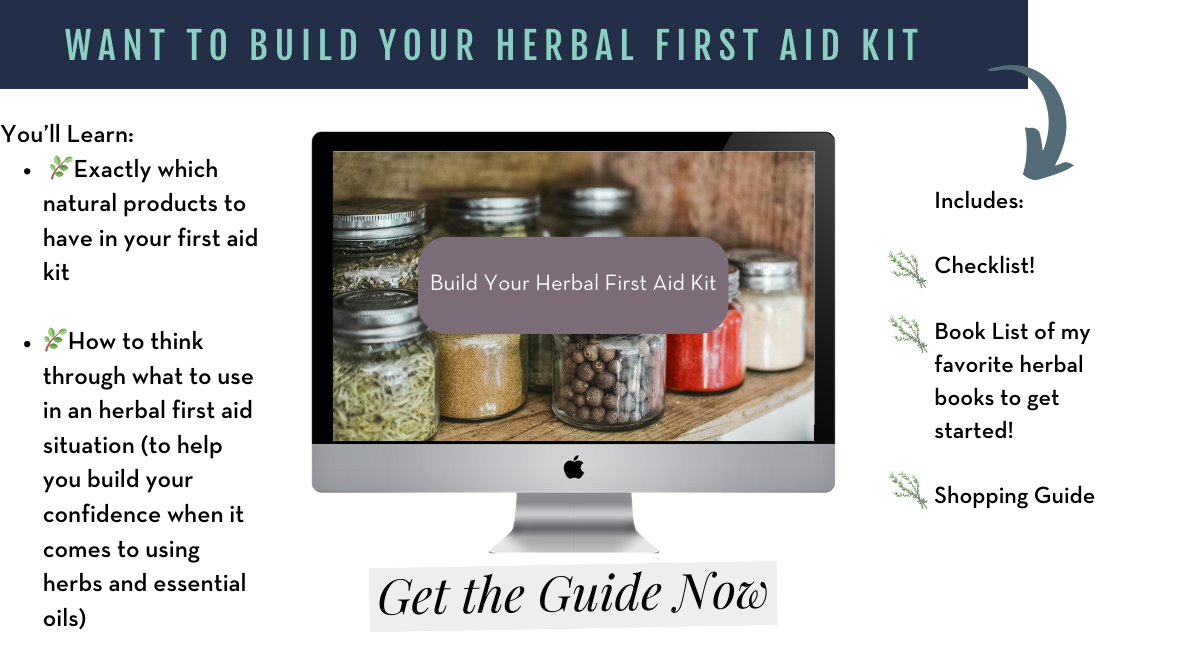

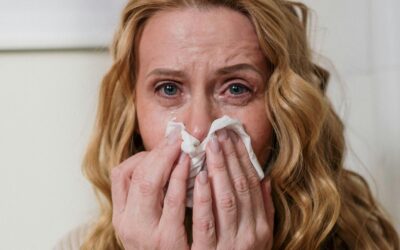

0 Comments